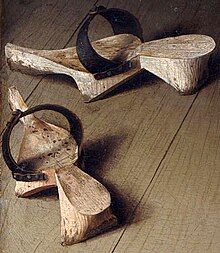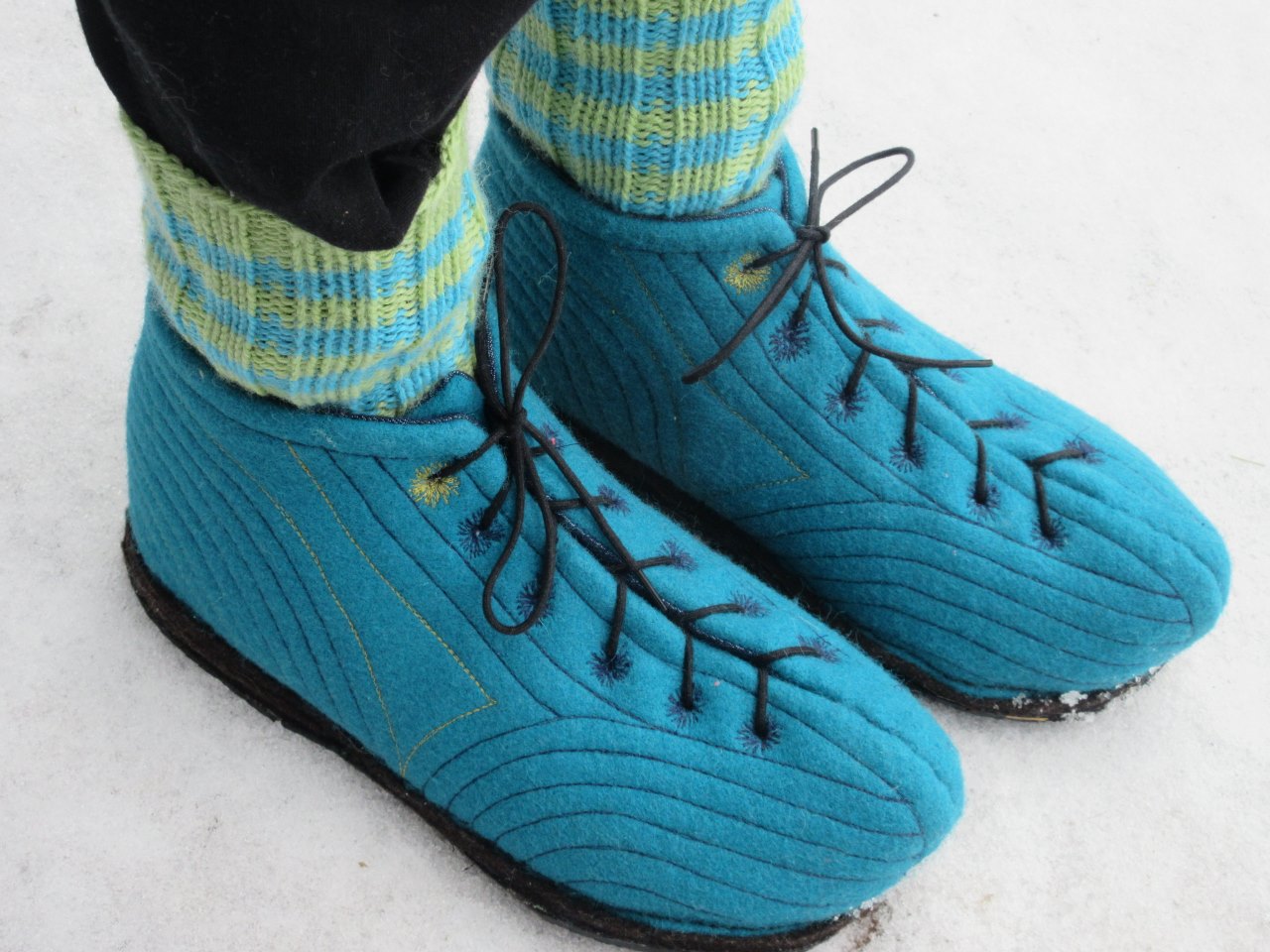
 25
25











 11
11











 8
8




PURPLE CARDS! GET YOUR GARDENING CARDS HERE!! https://www.kickstarter.com/projects/paulwheaton/garden-cards?ref=4qylf3. "The only thing...more expensive than education is ignorance."~Ben Franklin. "We can easily forgive a child who is afraid of the dark; the real tragedy of life is when men are afraid of the light." ~ Plato

 10
10




 8
8











 4
4




PURPLE CARDS! GET YOUR GARDENING CARDS HERE!! https://www.kickstarter.com/projects/paulwheaton/garden-cards?ref=4qylf3. "The only thing...more expensive than education is ignorance."~Ben Franklin. "We can easily forgive a child who is afraid of the dark; the real tragedy of life is when men are afraid of the light." ~ Plato
 5
5











 4
4




The instructions for making tallukka is 23 pages, A4-sized and it contains the working steps of making tallukka with color pictures and comprehensive text. In addition, the instructions contain a pattern sheet with sizes 35-43.
I got interested in tallucks, but there didn't seem to be any decent instructions in the whole country. The instruction was made as a thesis related to my studies in footwear design at HAMK Wetterhoff.
Tallukashan is a traditional Finnish winter footwear, developed during a shortage, made by hand from textile materials in the Häme - Satakunta areas. Talluks are wonderfully soft, light and warm and are suitable for both men, women and children. Tallukkas are Finnish tradition and culture at their softest!







 8
8













 5
5




PURPLE CARDS! GET YOUR GARDENING CARDS HERE!! https://www.kickstarter.com/projects/paulwheaton/garden-cards?ref=4qylf3. "The only thing...more expensive than education is ignorance."~Ben Franklin. "We can easily forgive a child who is afraid of the dark; the real tragedy of life is when men are afraid of the light." ~ Plato
 4
4











 4
4




Carla Burke wrote:I've heard of people using the sidewalls, and occasionally even the tread of an old tire - car or bicycle. For indoors, maybe some flexible hot glue dots, or squiggles? Or, even small psyches, made of bicycle tire inner tubes?
- Must have a hard sole
- Must not use petroleum-based materials
- Must be sewn, no commercial adhesives







 4
4




PURPLE CARDS! GET YOUR GARDENING CARDS HERE!! https://www.kickstarter.com/projects/paulwheaton/garden-cards?ref=4qylf3. "The only thing...more expensive than education is ignorance."~Ben Franklin. "We can easily forgive a child who is afraid of the dark; the real tragedy of life is when men are afraid of the light." ~ Plato
 3
3











 3
3




From top to bottom!
June 14, 2021
Tallukas is a traditional Finnish footwear made of textile. Talluks were substitute footwear during the famine and all the textile material that could be found at home was used for them.
The history of Talluks
Talluks were especially popular in Hämee and Satakunta at the end of the 19th century and later during times of shortage caused by wars. At the time of the Second World War, even farm courses were organized so that as many people as possible could learn how to make them. Tallukkas were mainly made in the home for own use, but also in mass production, and were sold in shops and markets. There were different tall models, e.g. boot and sock boots, boots and overshoe slippers.
Bulk materials
The outermost layer of the footwear was usually made of sturdy woolen fabric, for example winter coat fabric, and the lining was made of cotton, wool or flannel fabric. Soft fabrics were used for the intermediate layers and the heel part was reinforced. The outer fabric layers and inner soles were cut using patterns and quilted together. The inner soles were attached to the soles of the slats with small nails while the upper was pinned. First, the covers were sewn to the edges of the insoles, and then they were attached to the insoles. The outer soles were made from the stems and thongs of old felt boots, or the top soles were made themselves, for which different linen, cotton and burlap fabrics were used, as well as cord twisted from the linen thread itself. A small platform could be made in the base and the soles were fixed in place by hand sewing. This resulted in warm, cold and dry weather footwear.
In modern times, talukkas are made largely according to the same principles as before, albeit with modern tools and materials. But as before, old clothes and extra textiles found at home can be used for tallukki. The production of talukas is therefore recycling at its best.
In the college course, you will make your favorite tallukkas
With the tallukas and slipper courses, we have created personalized footwear that fits your own feet. The most popular models have been the Strapless ankle boots and strapless slippers, but boots with zippers have also been made. Fabrics and old clothes, self-felted blankets and industrial blankets have been used as materials.
You can see the booties and slippers made in the courses in the photo gallery .
Traditionally, a so-called wool sock spare is left in tallukkas, because when going out, woolen socks are first put on, i.e. töppös, and then only tallukkas. Yes, it's accurate even in colder weather! On the other hand, somewhere in the country, töppönen has meant a tall caste.
While waiting for the snowy frosts of next winter - welcome to Malmitalo's course to make your own talluaks!
Sources:
Out of Pula and Shortages. 1943. Untamo Utrio.
Some people. 1944. Sofa Nurminen & Elli Saurio. The Publishing House of the Association of Rural Communities.
Tallukkas - preparation instructions. Minna Helenius. Thesis Hämeenlinna 2011.
Sarka.fi. 12/2011. The tall ones.







 4
4











 4
4




r ranson wrote:I've also been toying with the idea of how to make them fit with the PEP BBs for boots or shoes. The requirements are
- Must have a hard sole
- Must not use petroleum-based materials
- Must be sewn, no commercial adhesives
It would be fun to use this as limitations for the project.
 8
8











 3
3











 4
4











 7
7




"You must be the change you want to see in the world." "First they ignore you, then they laugh at you, then they fight you, then you win." --Mahatma Gandhi
"Preach the Gospel always, and if necessary, use words." --Francis of Assisi.
"Family farms work when the whole family works the farm." -- Adam Klaus
 3
3




 4
4











 4
4




r ranson wrote:I watched this video twice now and am officially obsessed with the idea of transforming my wool scraps from sewing into some warm winter boots.
Winters here are usually wet but when things get cold (like below freezing) it tends to be very dry here. I would have loved some boots like this with the latest snow dump.
The big dilemma I see is that I don't have a last (is that the word? wooden foot). I also lack a pattern.
But it looks like a fun project.
 8
8




New groundskeeper of 3.75 acres in central MN
 7
7




James 1:19-20
Not all those who wander are lost - J. R. R. Tolkien
 3
3




C. Lee Greentree wrote:Apologies in advance for being so vague, but quite a few years ago I was entranced by reading someone's DIY boot project online. Their idea was to wet-felt wool into what looked like a super-thick, custom-fitted sock, I think, and then use what was essentially a big leather sandal over the bottom. Of course these would wear out quickly, but be easy and cheap to replace - just cut a new sole and lace it on! I still think about this concept sometimes, wondering whether that might be achieved with many pairs of wool socks and scrap leather. Hmm.
In a thread here on permies some time ago, someone was discussing, and I think selling, boots much like these tallukkaat. It might be helpful to search for information on the Russian version, called valenki.








 7
7





 7
7




"Also, just as you want men to do to you, do the same way to them" (Luke 6:31)
 6
6




Long balcony garden in the green Basque Country
 3
3




Inge Leonora-den Ouden wrote:
I don't have a 'last', I take the sizes of my own feet. My feet are fairly broad in the front and I have a 'high instep'. I don't think they are 'ordinary size'.







 3
3











 5
5




 3
3




r ranson wrote:More common with home shoemaking is to take a cast of the foot. But it involves some chemicals i don't do well with, so a project for better weather when I could work outside.
 3
3




C. Lee Greentree wrote:Apologies in advance for being so vague, but quite a few years ago I was entranced by reading someone's DIY boot project online. Their idea was to wet-felt wool into what looked like a super-thick, custom-fitted sock, I think, and then use what was essentially a big leather sandal over the bottom. Of course these would wear out quickly, but be easy and cheap to replace - just cut a new sole and lace it on! I still think about this concept sometimes, wondering whether that might be achieved with many pairs of wool socks and scrap leather. Hmm.
If you can move it an inch, you can move it a mile. Just expect it to take a little longer.
 7
7












 3
3




 7
7




Whathever you are, be a good one.
___________________________________
 4
4




Kaarina Kreus wrote:I am from Finland and can't resist the urge to chime in.
Tallukkaat was something people did during crises like the war when everything was in short supply. They are not very warm (we have harsh winters!) And cannot be used in wet weather.
The version we use in abundant times is "huopatossu", a felt boot. They are fantastically warm. In modern times with asphalt everywhere, they started to make them with more sturdy rubber sole pads. In the old times, they were just felt all around.
https://www.lahtiset.fi/en/frontpage/








|
I didn't do it. You can't prove it. Nobody saw me. The sheep are lying! This tiny ad is my witness!
The new gardening playing cards kickstarter is now live!
https://www.kickstarter.com/projects/paulwheaton/garden-cards
|






